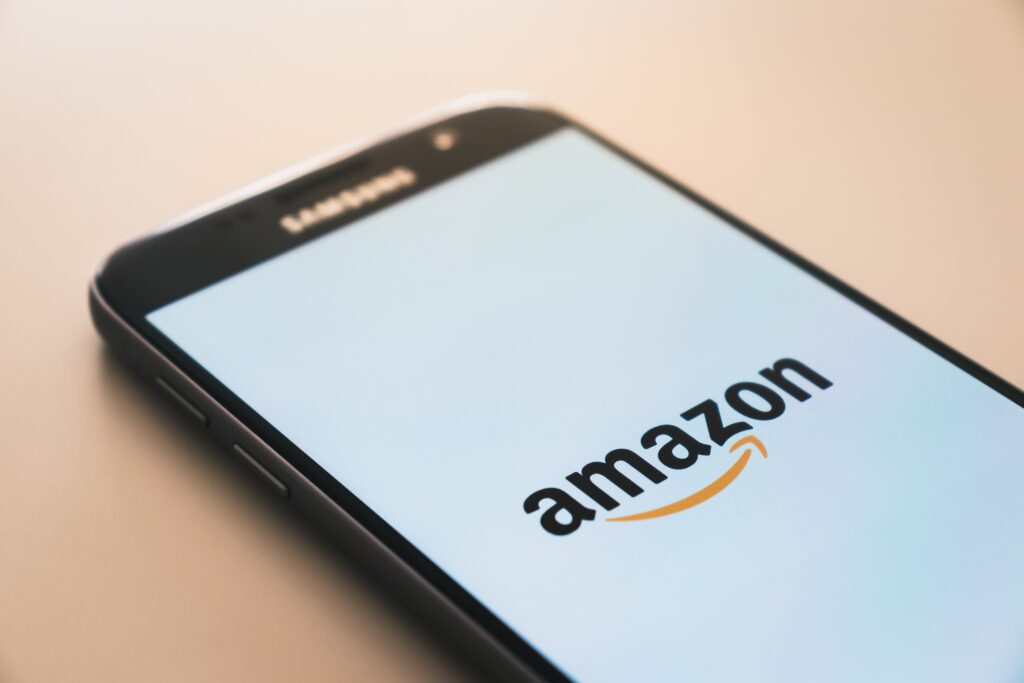By Morten Suhr Hansen & Julie Maria Schandorph
Amazon is the world’s leading e-commerce company with yearly revenue of over 100 billion USD and its growth is still exponential. At the same time, Amazon is one of the world’s leading subscription companies with Amazon Prime that currently has more than 200 million subscribers worldwide. Now, Amazon is expanding to the Nordic countries. Something that Nordic companies have feared for a long time. But why is Amazon so successful and why do companies fear them?
Amazon, whom we essentially knew as an online bookstore is so much more today. Today, you can buy almost anything you might need. In addition to being a collective e-commerce platform, Amazon offers its e-book service Kindle, the world’s largest cloud computing company, Amazon Web Services and the streaming platform Amazon Prime Video. But the primary reason for Amazon’s success is to be found in their popular subscription service, Amazon Prime.
What is Amazon Prime?
Back in 2005, an employee at Amazon had a great idea. He suggested that they made a subscription service where customers of Amazon, in exchange for a fixed, yearly fee, get free delivery of all products bought on Amazon.com. CEOm Jeff Bezos liked the idea and later that year, the subscription service went live.
Today, the Prime membership is more than just free two-day delivery. Amazon uses bundling of services as a key strategy, by adding more services and more content to Prime. In addition to delivery, members get access to music, movies, cloud storage, and much more as part of their subscription.

The subscription service is such a huge success that Amazon Prime has now made it to 200 million subscribers worldwide.
In the last couple of years, Amazon has focused on Prime and the development of the subscription offer. Amazon has added more elements to Prime and has realised that the concept is not just delivering convenience for the customers. Prime has become a central element in Amazon’s strategy of changing the retail and e-commerce industry entirely.
Customer Retention results in success
The primary purpose of a Prime membership is to create loyalty. When a member has paid their yearly fee of 99 USD or 10,99 USD a month, he or she will try to maximize the utility of their paid membership as possible. In the subscription world, this is what we call “The Golden Subscription Handcuffs” and as a result, Prime members use three times as much money as non-members at Amazon – this is in addition to the membership price. Some researchers say that Amazon uses algorithms to offer products cheaper for subscribers when searching online whilst making them more expensive for non-members – just to get non-members to sign up for the subscription.
Prime makes it much easier for customers to shop online and removes one of the biggest issues of e-commerce: Delivery fees. This lowers the barrier of purchase for the customer who rewards Amazon by making most of their purchases with them. This might also be the explanation for why 60% of American and 43% of British online shopping is made on Amazon.

Amazon uses a very deliberate strategy that binds members even closer to the services and gives customers an experience of value for money. When many services are used, it’s much harder for the customer to leave the Prime membership again. For example, surveys show that new Prime members who use Prime Video during the trial period convert more than members who don’t use this part of the subscription. This must mean that the many built-in services help to generate new sales, but it also helps convert members and retain them in the long run.
The battle for customer loyalty
With Amazon’s coming arrival in the Nordics, it might turn Scandinavian online shopping on its head – but it doesn’t mean that it will all be negative. A survey from AudienceProject shows that Danes shop at different sites and therefore, aren’t very loyal. However, there is no doubt that if Prime launches in Denmark, it will attract a fair share of consumers. Consumers are demanding more convenience and this is why services like Nemlig.com has seen a large amount of growth in the Nordics.
But Amazon is already here. Danes can already use their online services, often via the German or English services, but if Amazon invests in local warehouses, they will be able to offer day-to-day delivery. Thereby, they might be able to outperform Danish sales platforms and put a huge pressure on physical stores.
However, it’s not all bad. Small companies can use Amazon to sell their own products. Amazon’s platform opens opportunities for local producers because they have the ability to reach a much bigger audience.
Amazon’s arrival can also offer some benefits for customers since stores will have to focus on customer satisfaction and the physical stores have to differentiate by offering more guidance and customer service. Simultaneously, web-based companies will have to increase loyalty from customers, maybe by offering a subscription.
Excellent customer relations are a competitive advantage
The majority of shopping today is still made in physical stores or in supermarkets and this is also true in Denmark. But Amazon wants to change this. According to Jeff Bezos and Amazon, this change will only happen if e-commerce in the future becomes cheaper, faster, and easier for the customer than it is to drop by the nearest supermarket. It’s even more important that products are delivered quickly and preferably on the same day. Amazon, as one of the few, can do this with its Prime membership.
Danish retail companies have much to learn from the success of Amazon. Companies have the ability to achieve better relations with their customers through a subscription that creates loyalty – and as before mentioned, most Danes use more than one retailer. The subscription model allows you to increase your revenue quicker and faster than traditional companies because the model makes customers buy more products than what they initially needed.
With Amazon’s arrival, there is a big chance that Danish e-commerce stores will have a closer look on how Amazon runs its subscription business and maybe adopt the subscription model in the future.
Read more subscription blogs here.
Originally published at Marketcommunity


